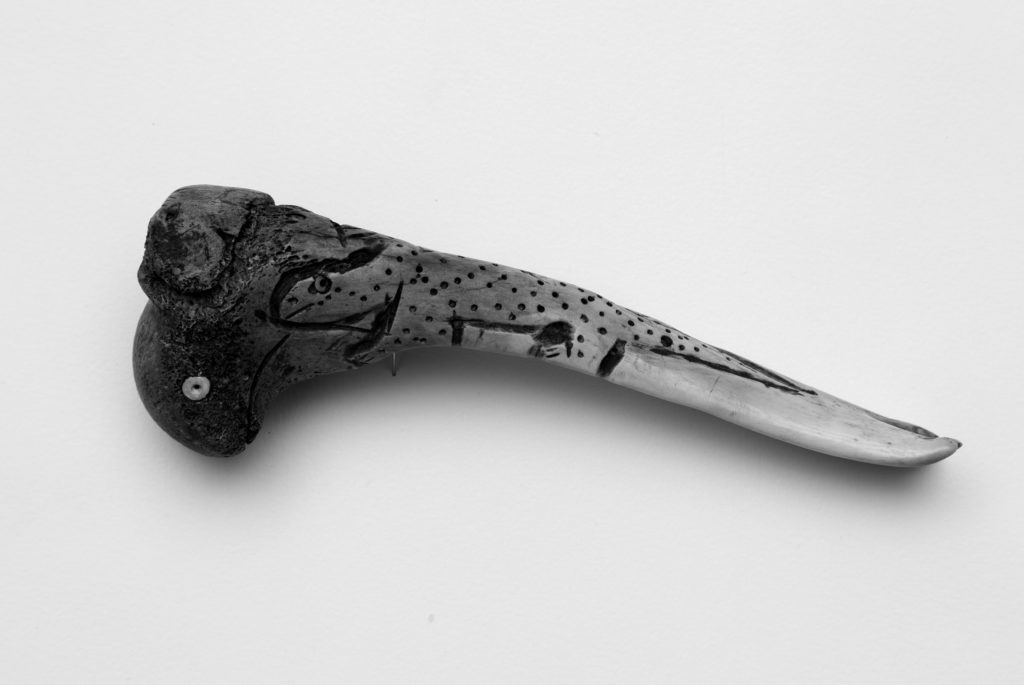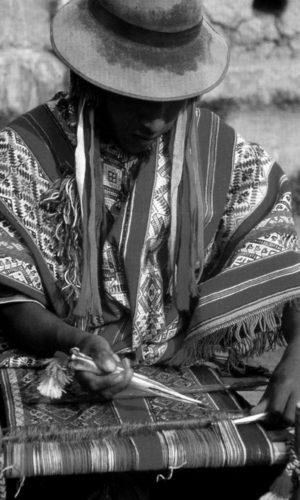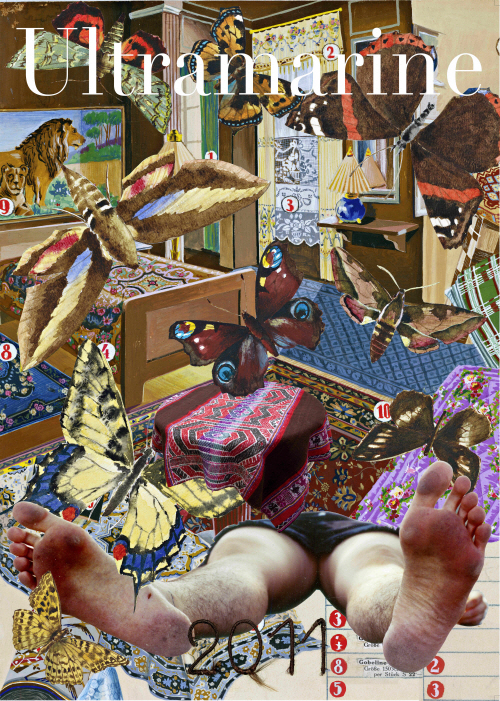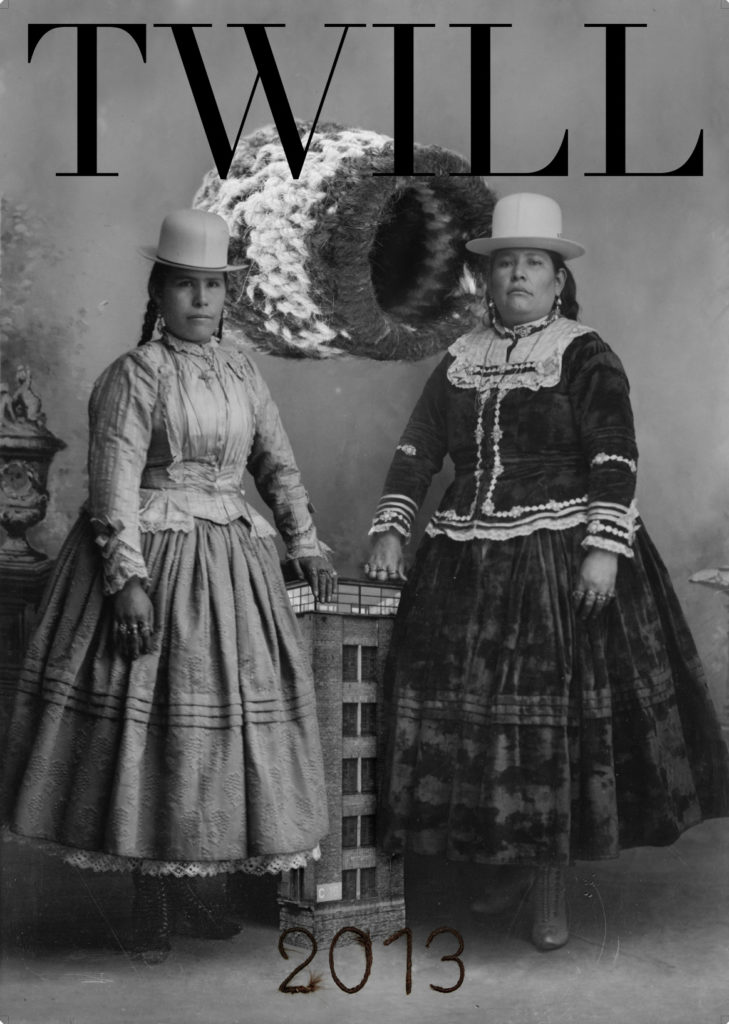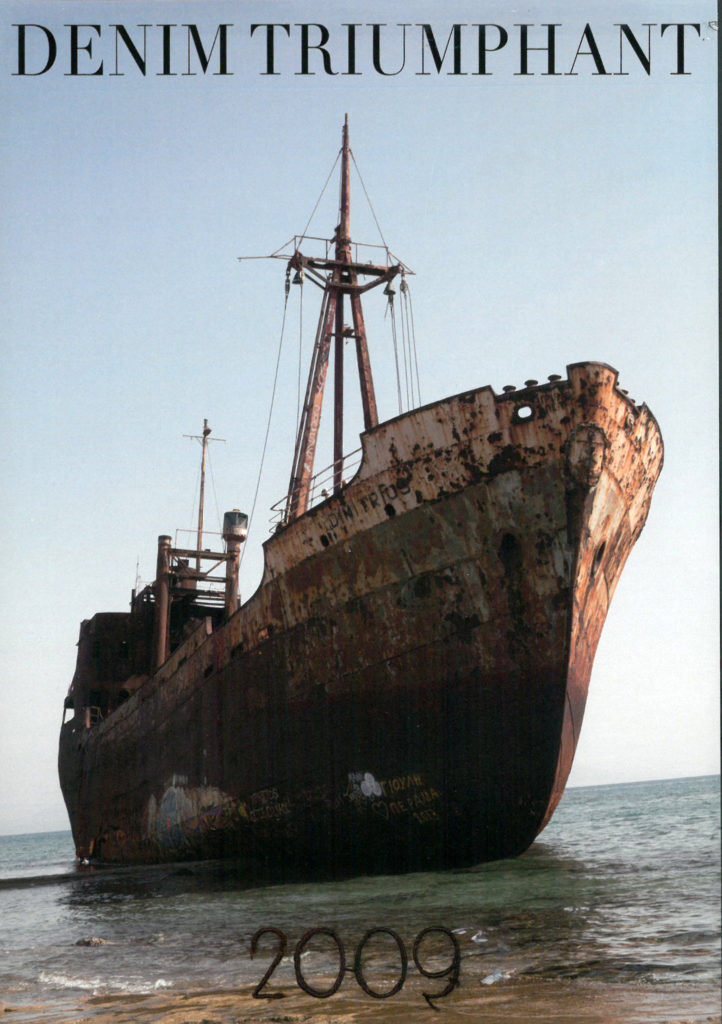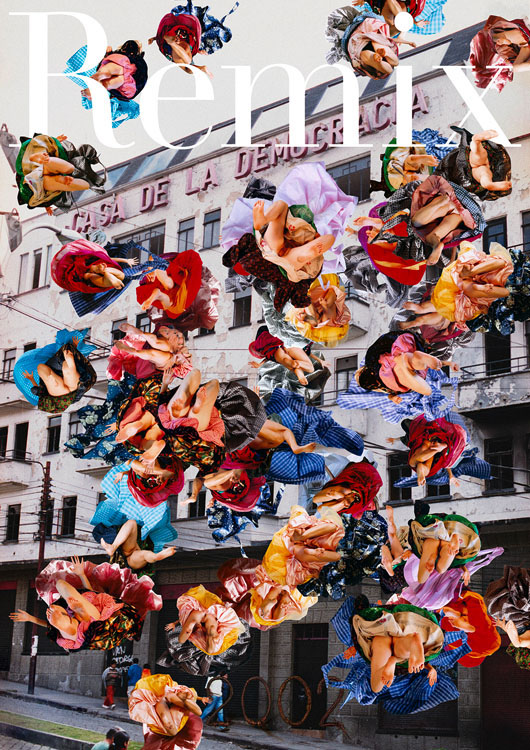
7 Aprons, 13 Photographs 6
크레타 섬의 풍요의 여신들과 아시리아 사제들은 신성한 앞치마를 입었고, 이집트의 통치자들은 보석이 박힌 앞치마를 입어 그들의 지위를 보여주었다. 중세 유럽에서는 상인과 장인들이 옷을 보호하기 위해 앞치마를 입기 시작했으며, 그들은 일반적으로 ‘에이프런 맨’으로 불렸다. 에이프런 맨이 매우 흔해지자 몇몇 무역업자들은 그들과는 뚜렷하게 구별되는 스타일을 자랑하기도 했다. 여성들의 행동력에 관한 한, 안데스 사회는 여전히 패권적 유럽인들과 남성 중심의 역사 기록학이 만들어낸 구조 안에서 작동하고 있었다.
The celebrated Navajo weavers had trouble getting red yarn, despite their success with other dyes, especially black and yellow. They solved this by unravelling the red thread from commercial wool flannel used for Spanish army blankets, and then re-used it in their own weavings.
나바호족Navajo의 축복받은 방직공들은 멕시코의 스페인 군사들의 담요에서 실을 뽑듯 상업용 플란넬flannel 천인 바예타bayeta[1]천에서 붉은 실을 풀어내 다른 색실과 엮어 다시 짜고 방적기를 돌렸다.
[1] 바예타bayeta: 올이 촘촘하지 않고 느슨한 양모. 걸레를 뜻하기도 한다.
Fourteen Mecca schoolgirls trying to escape a fire at their school were forced back by members of the religious police because they were ‘not properly covered’, and were all killed
사우디아라비아 메카에서 14명의 여학생들은 화재가 발생한 학교에서 도망치려고 하였으나, 그들의 몸을 제대로 가리지 않았다는 이유로 종교경찰에 의해 학교에 억류되었고, 그들 모두는 살해당했다.
From those strange animals – by now, I have unwrapped all and spread them out around me (a room full of aprons!) – from those strange animals, from those feathered birds emanates a story. (More likely, I am projecting onto the poor things, yet, clearly, a bond has been formed between us.) It is wrong to call them aprons, they answer to another name, old-fashioned, but much more apposite: “pinafore”.
이상한 동물들로부터 – 지금쯤이면, 나는 모든 포장을 풀고 앞치마들을 내 주위에 펼쳐 놓았다(방은 에이프런으로 가득 찼다!) – 그 이상한 동물들로부터, 그 흐트러진 새들로부터 이야기가 나온다. (아마도, 나는 그 불쌍한 것들에 투영하고 있지만, 우리 사이에 분명히 유대감이 형성되었을 것이다.) 그것을 앞치마라고 부르는 것은 잘못된 것이다. 그것들은 ‘구식’이라는 다른 이름으로 불리지만, 훨씬 더 빈틈없는: “피나포어”이다.






